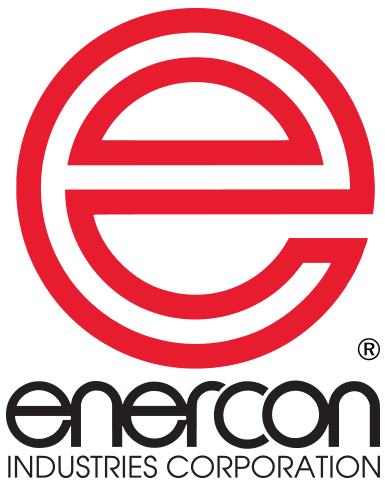Recommendations & Reminders for Integrating Sealers
The following recommendations and reminders should be followed for safe and efficient operation of an induction cap sealer integrated into a conveyance system. In the event that the induction sealer will be used to seal containers of flammable or combustible material, particular attention should be placed on proper design of the conveyance system, its safety features, and operator training on those features.
- Induction cap sealers should be installed and operated in accordance with all applicable Federal, state and local laws and regulations.
- Induction cap sealers (and all ancillary equipment) should be specified, integrated, and installed by qualified professionals. Proper specification, integration, and installation should include a risk assessment of the entire conveyance system in accordance with applicable industry standards. This risk assessment can only be conducted by the owner or its contracted conveyance system integrator/installer with knowledge of and access to the conveyance system equipment and product to be sealed.
- An induction cap sealer should be properly configured for the intended sealing operation, including proper alignment and elevation with respect to a conveyance system and proper sealing window for the application. Induction cap sealer configuration should be re-checked and adjusted following any changes to the sealing operation (e.g., different container or product) and/or to the conveyance system in which an induction cap sealer is used. As a reminder, Enercon offers a Start-Up Assistance program to help its customers properly configure an induction cap sealer. Please contact Enercon regarding any conveyance line or product changes.
- All operators of an induction cap sealer should receive proper training regarding operation of an induction cap sealer and the product being sealed. Training should include instruction on the specific safety features integrated into the entire conveyance system (e.g., emergency stop operation and location(s)). Enercon recommends that operators of an induction cap sealer be required to read and follow the most recent applicable operating manual provided with the induction cap sealer and/or available from Enercon. Enercon is also available to provide training and information to operators as part of its Start-Up Assistance program.
- All equipment used on a conveyance system should be maintained in accordance with manufacturer recommendations. As a reminder, Enercon recommends routine Preventative Maintenance visits, which includes Enercon’s standard safety evaluation.
- If an induction cap sealer will be used to seal containers of flammable or combustible materials, Enercon strongly recommends that particular attention be given to the design of the conveyance system and its safety features by a qualified professional integrator/installer with knowledge of the entire conveyance system and product to be sealed. Enercon further recommends that a stalled bottle detector and/or a bottle back-up sensor be integrated into a conveyance system to detect conveyance system failures. In the event of a conveyance system failure, containers remaining under an induction cap sealer may overheat, causing damage to the container and product, and pose a potential fire risk. Please contact Enercon for more information regarding stalled bottle detectors and bottle back-up sensors. IMPORTANT—stalled bottle detectors and/or a bottle back-up sensors are not substitutes for specific safety features integrated into the entire conveyance system (e.g., manual emergency stops or other system safety interlocks) and proper training on their use.
Please visit the webpage of the your induction sealer to see which options are available for your specific model. For additional details call 262-255-6070 to speak with a customer service representative about any questions you may have, or to schedule a Start-Up Assistance or Preventative Maintenance visit.


